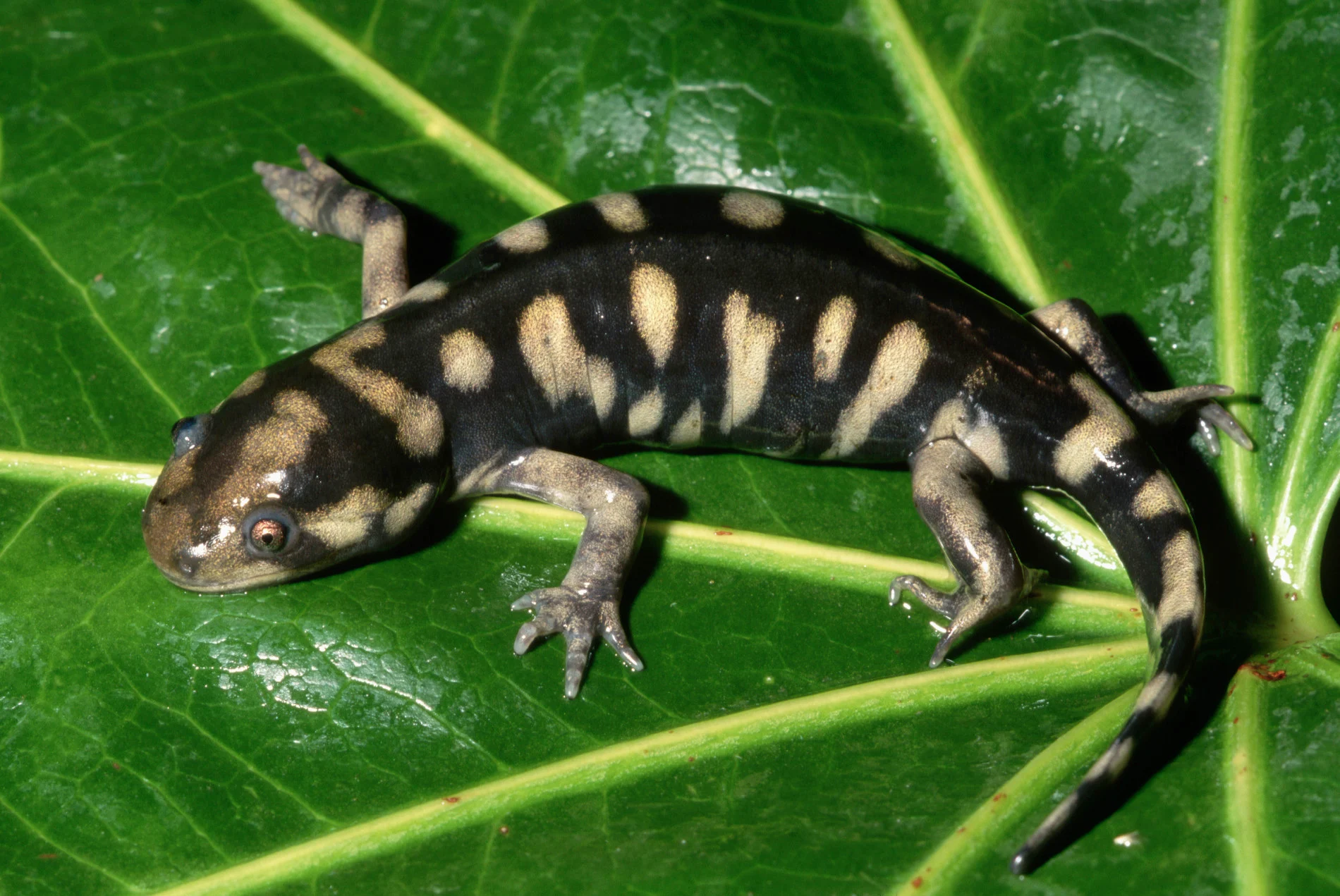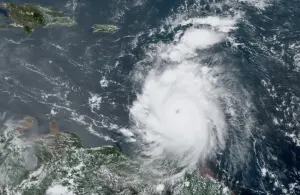
Salamander virus may provide hints about future climate change, study says
Emerging infectious diseases pose significant risks to global biodiversity, and scientists say that these risks are amplified by human-induced climate change and environmental degradation.
Scientists at Northern Arizona University (NAU) say that studying the “Ebola virus of the amphibian world” can help us learn more about how infectious disease and climate change will interact in the future and what impacts it could have on vulnerable species.
Ranavirus is a type of virus that infects amphibians and can cause systemic infection and organ failure. Amphibians are ectotherms, meaning that they are cold-blooded organisms that cannot self-regulate their internal temperature, which makes them sensitive to changes in the climate and viral outbreaks.
NAU scientists noticed that tiger salamanders in Arizona are particularly impacted by ranavirus and say that they can spread the virus through bodies of water. This species was chosen for the research because of the diverse roles it plays in numerous ecosystems and its place on the food chain, e.g. being a food source for snakes, fish, and birds.
Tiger salamanders typically live for 10 years or longer, which means they have several years to reproduce if they contract ranavirus and recover from it. Other amphibians have shorter lifespans, which means that some populations are at a higher risk of being wiped out by disease, which the scientists say could be amplified by climate change.

Images from the fieldwork of the tiger salamander project. Top image: Eastern Tiger Salamander (Ambystoma tigrinum). (Peter Paplanus from St. Louis, Missouri)(CC BY 2.0)
It is unclear if other amphibian species are at a higher or lower risk of extinction, which is a critical question the researchers hope to answer due to the important roles these animals play in maintaining biodiversity levels and healthy environments.
“Our ultimate goal is to better understand and better predict how climate change interacts with infectious diseases to affect whether some species might be at a higher or lower risk of extinction, particularly for species that are ectotherms,” Joseph Mihaljevic, principal investigator of the study, stated in a press release.
“For these types of species, whose body temperature is regulated by the environment, the climate determines how well they can cope with infectious disease, and the climate also impacts how well these species survive and reproduce in their habitats. We need better predictive models of when climate and disease are expected to have the largest combined impacts on these species in the future. This is important for conserving biodiversity, as well as for agriculture and aquaculture.”
The researchers are planning to study how water temperatures affect virus transmission and how climate variables impact salamander breeding. So far, data indicates that the number of eggs that the salamanders lay is related to precipitation, temperature patterns, and other climate variables.
Additional data that will be collected will be built into models that project salamander breeding and virus outbreaks over the coming decades under different climate scenarios.
Thumbnail credit: David A. Northcott/ Corbis Documentary/ Getty Images











